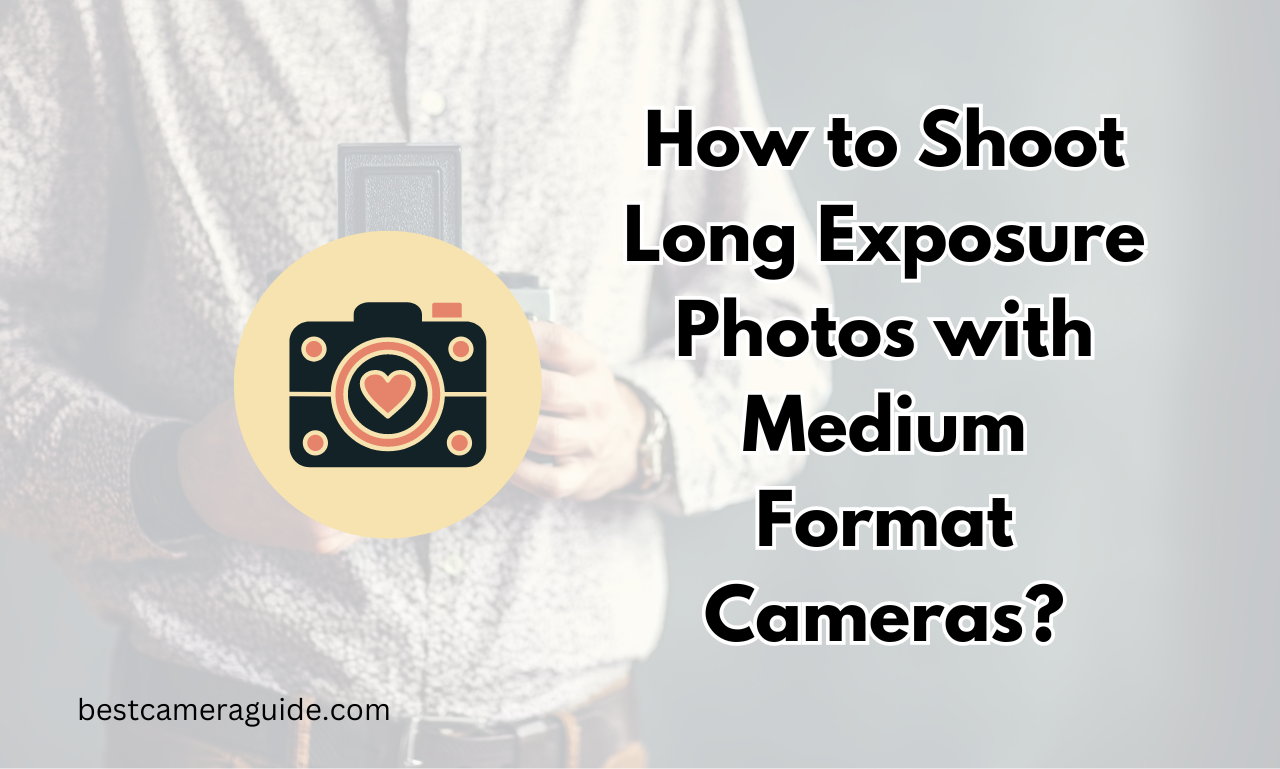Capturing the magic of a scene through long exposure photography can transform ordinary moments into extraordinary visuals. Using a medium format camera for this technique enhances the richness and depth of your images, making them stand out even more.
Whether you’re photographing silky smooth waterfalls or the vibrant streaks of city lights, long exposure allows you to create stunning effects that showcase motion and light in unique ways.
In this guide, we’ll walk you through the steps to master long-exposure photography with your medium format camera, ensuring you capture breathtaking shots every time.
Keep Reading: best bokeh medium format lenses
How to Shoot Long-Exposure Photos with Medium Format Cameras
| Image | Product | Price |
|
Our Pick
1
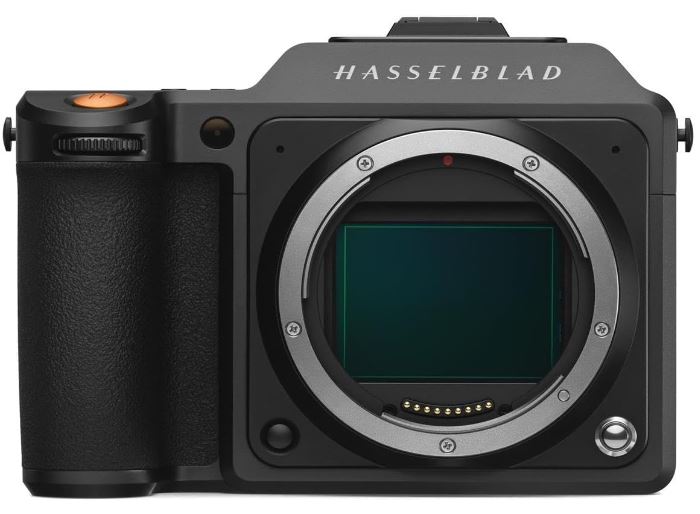
|
Hassel X1D |
|
|
2
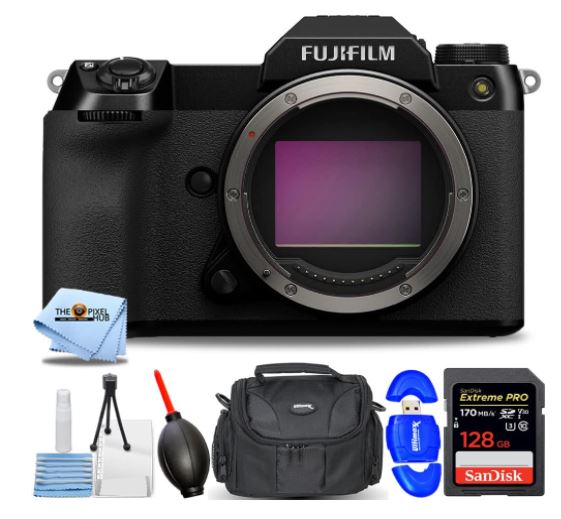
|
Fujifilm GFX |
|
|
3
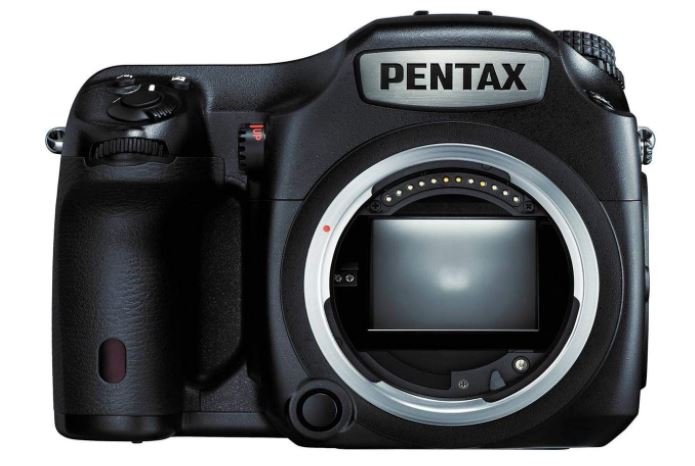
|
Pentax 6457 |
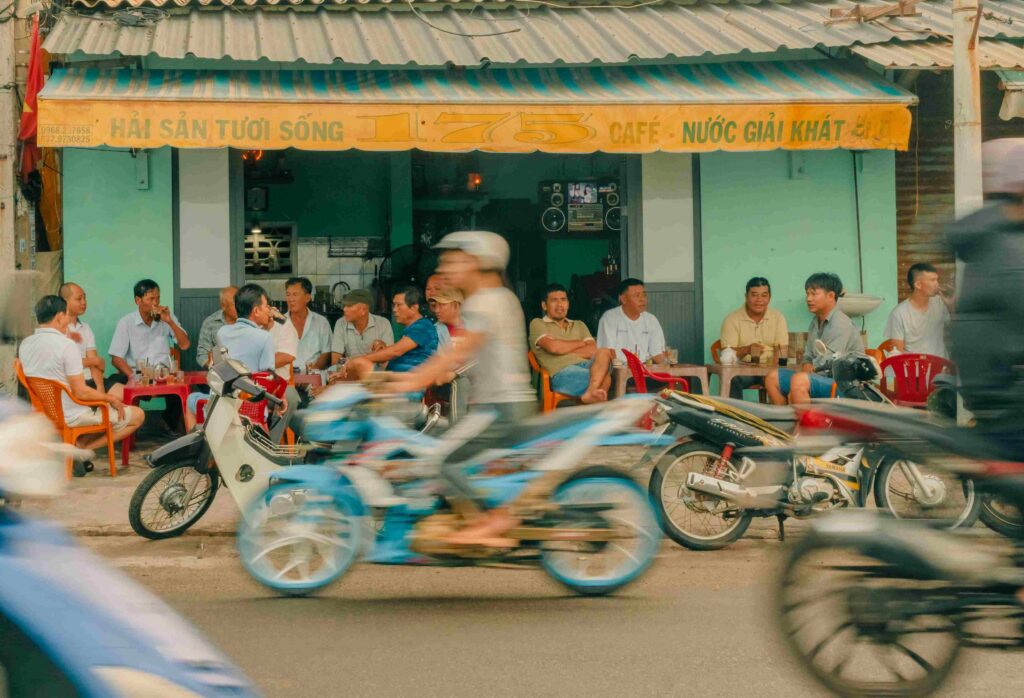
1. Choose Your Scene
- Find a location with interesting light and movement. Long exposure works well with things like flowing water or city lights at night.
2. Set Up Your Camera
- Tripod: Use a sturdy tripod to keep your camera still during the long exposure.
- Remote Shutter Release: Use a remote to avoid camera shake. If you don’t have one, use the camera’s timer.
3. Adjust Your Camera Settings
- ISO: Set it to the lowest value (e.g., ISO 100) to reduce noise.
- Aperture: Choose a smaller aperture (e.g., f/8 or f/11) to keep more of the scene in focus.
- Shutter Speed: Decide how long you want the exposure to be. This can range from a few seconds to several minutes, depending on the effect you want.
4. Use a Neutral Density Filter
- Purpose: This filter reduces the amount of light entering the lens, allowing for longer exposures even in bright conditions.
- Selection: Pick a filter that matches the length of the exposure you need.
5. Focus and Compose
- Manual Focus: Switch to manual focus to ensure your subject stays sharp during the long exposure.
- Composition: Frame your shot carefully. Remember that moving elements (like clouds or water) will create streaks or blurs.
6. Take the Shot
- Preview: Double-check your settings and composition.
- Exposure: Press the shutter release and let the camera do its work. Keep an eye on your camera to make sure it remains steady.
7. Review and Adjust
- Check Results: Look at your photo to see if it turned out as expected.
- Adjust Settings: If needed, tweak your settings and try again for better results.
Tips
- Practice: Experiment with different settings and subjects to understand how long exposure affects your photos.
- Patience: Long exposures can take time, so be prepared to wait for the perfect shot.
Long exposure photography with medium format cameras can produce stunning and unique images. Enjoy the process and have fun capturing beautiful scenes!
What is long exposure photography?
Long exposure photography involves using a slow shutter speed to capture movement and light over a period of time. This technique creates stunning effects like blurred motion and light trails.
Why use a medium format camera for long exposure?
Medium format cameras offer superior image quality, greater detail, and richer tones. These features enhance the dramatic effects of long exposure photography.
Do I need special equipment for long exposure photography?
Yes, a sturdy tripod, a remote shutter release, and a neutral density filter are essential. These help keep your camera steady and control light exposure.
How do I set the shutter speed for long exposure?
Start with a shutter speed of a few seconds and adjust based on the desired effect. Longer exposures capture more motion, while shorter ones retain more detail.
Can I shoot long exposure photos in daylight?
Yes, using a neutral density filter reduces light entering the lens, allowing for longer exposures even in bright conditions.
Conclusion
Long exposure photography with a medium format camera opens up a world of creative possibilities. By mastering the steps and techniques outlined in this guide, you can capture stunning images that highlight the beauty of motion and light. With patience and practice, you’ll be able to create photos that stand out for their unique and captivating effects. Enjoy the journey and keep experimenting to find your perfect shot!

